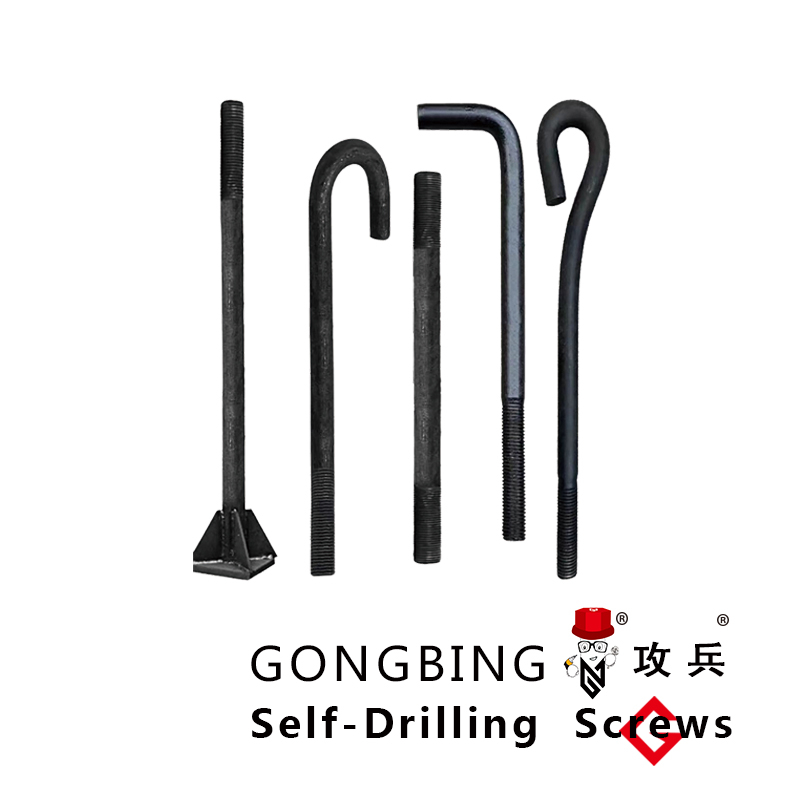steel rod cross bracing
The Importance of Steel Rod Cross Bracing in Structural Engineering
In the realm of structural engineering, ensuring the stability and integrity of buildings is paramount. One effective technique employed to enhance the strength and resilience of structures is the use of steel rod cross bracing. This method involves the installation of steel rods in a crisscross pattern between structural members, providing essential reinforcement that can withstand various forces, including wind and seismic activities.
Understanding Cross Bracing
Cross bracing essentially involves the arrangement of diagonal members that form an “X” shape between vertical structural components, such as columns. The primary function of these steel rods is to create a rigid framework that distributes loads more evenly across the structure. By employing tension and compression forces, cross bracing prevents the lateral movement of walls and ceilings, ensuring that a building maintains its shape during extreme conditions.
Benefits of Steel Rod Cross Bracing
1. Increased Structural Stability One of the most significant advantages of steel rod cross bracing is its ability to significantly increase the overall stability of a structure. Buildings constructed in regions prone to earthquakes or strong winds can benefit immensely from this method, as the bracing helps absorb and dissipate energy.
2. Cost-Effectiveness Compared to other forms of structural reinforcement, steel rod cross bracing can be a cost-effective solution. The materials required for installation are generally less expensive than alternatives like reinforced concrete or extensive shear walls. Furthermore, the lightweight nature of steel rods contributes to ease of handling and installation.
steel rod cross bracing

3. Aesthetic Appeal While structural functionality is paramount, the visual impact of construction techniques cannot be overlooked. Steel rod cross bracing can also be employed as a design feature, offering a modern and industrial aesthetic. Many architects incorporate exposed bracing into their designs, celebrating the structure's engineering while enhancing its visual appeal.
4. Versatility The adaptability of steel rod cross bracing makes it suitable for various architectural styles and building types. Whether incorporated into residential homes, commercial buildings, or industrial facilities, this method can be tailored to meet specific engineering requirements while accommodating diverse design preferences.
Challenges and Considerations
Despite its numerous advantages, there are certain challenges associated with the use of steel rod cross bracing. Proper engineering analysis is vital to ensure that the bracing is designed to handle the anticipated loads. Additionally, corrosion can be a concern, making it essential for materials to undergo adequate treatment to enhance durability and longevity.
Moreover, as with any structural element, careful consideration of the spacing and size of the rods is crucial. Insufficient bracing can lead to performance issues, while overly aggressive designs may add unnecessary weight and complexity to the structure.
Conclusion
In summary, steel rod cross bracing is an essential technique in modern structural engineering. Its ability to enhance stability, provide cost-effective solutions, and offer aesthetic versatility makes it a favored choice among architects and engineers. As advancements in materials and techniques continue to evolve, the integration of cross bracing systems is likely to play a crucial role in the design of safer and more resilient buildings for the future.
-
Weatherproof Plastic Expansion Anchors for OutdoorNyheterJun.06,2025
-
Sustainability in the Supply Chain: Eco-Friendly TEK Screws ProductionNyheterJun.06,2025
-
Load-Bearing Capacity of External Insulation FixingsNyheterJun.06,2025
-
Double Head Bolts: Enhancing Efficiency in Industrial MachineryNyheterJun.06,2025
-
Corrosion Resistance in Chipboard Screws: Coatings for Wholesale DurabilityNyheterJun.06,2025
-
Butterfly Toggle Bolts : Enhancing Structural ResilienceNyheterJun.06,2025
